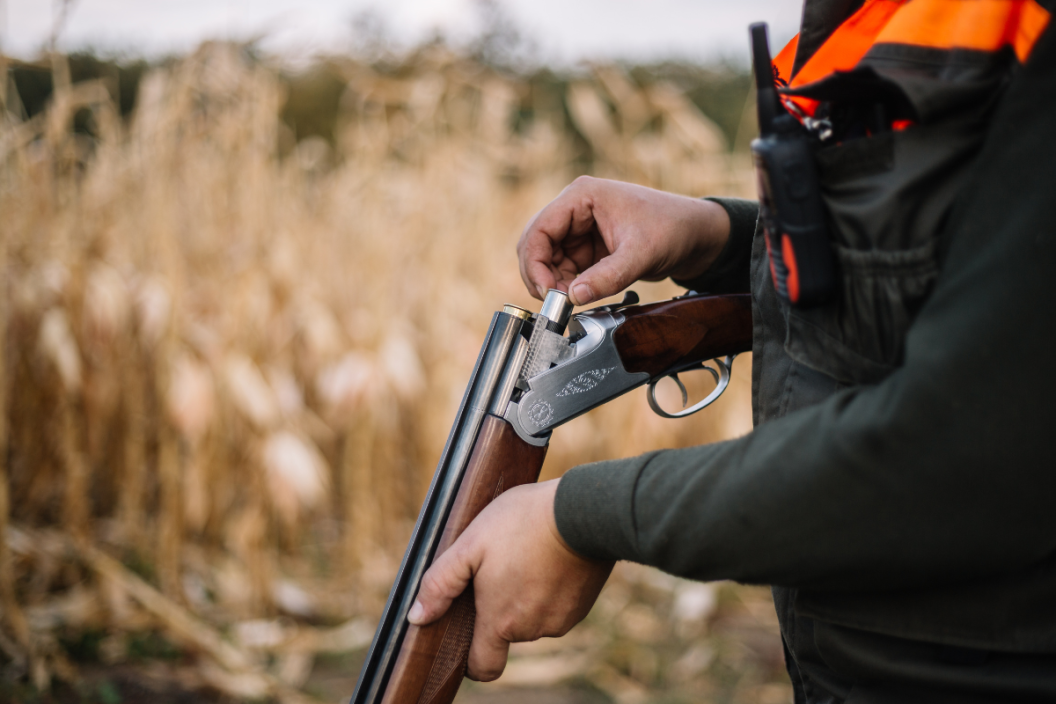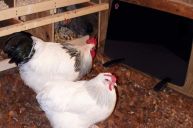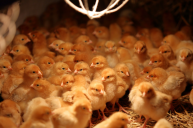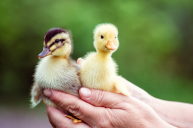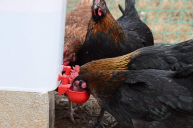Wondering what you need to turn your flocks home into a winter chicken coop? Keep your hens comfy all winter long with these tips!
Raising chickens has risen back to popularity over the last couple of years. If you are a recent backyard chicken owner, you may wonder what needs to happen in winter to your chicken coop as the temperatures drop. Thankfully, there are many things a chicken owner can do to keep their flocks warm and safe; it just takes a little winter chicken coop preparation and a little vigilance as storms hit.
Keeping Chickens During The Winter
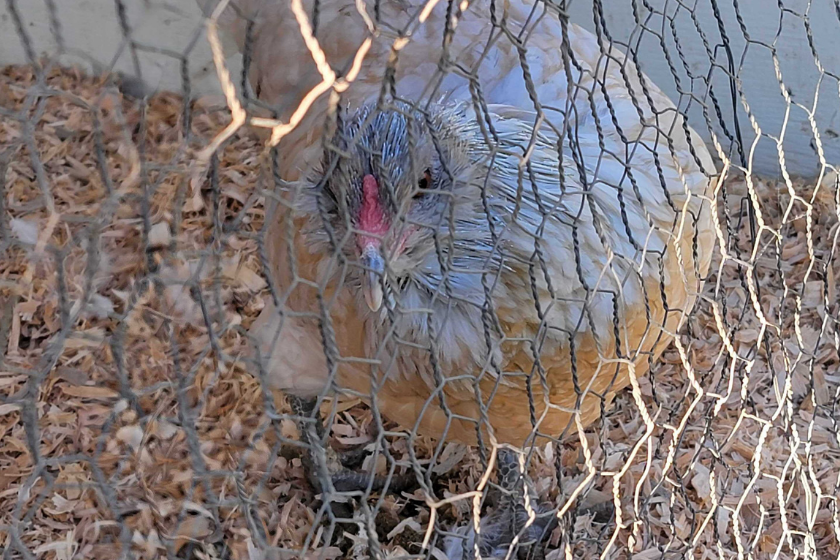
Credit: Megan Swinney
Cold weather can be rough on chicken breeds that are not acclimated to colder climates. However, hardier birds do better in colder temperatures. Some of the breeds that like the cold are:
- Australorps
- Rhode Island Reds
- Ancona
- Ameraucanas
- Buff Orpingtons
- Cochins
- Delaware
- Speckled Sussex
- Wyandottes
While these breeds fair better as temperatures drop, chicken owners still need to prep their coop ahead of the winter months. According to Tractor Supply, it is best to winterize your chicken coop as the weather begins to change toward the end of summer or the beginning of fall. That way, the weather is still nice for you to get the work done, plus you are ahead of the winter weather.
With less light, egg-laying will slow to a stop. Supplemental light can increase egg production, or you can let your chickens take the winter off. Chickens must have fresh water throughout the winter. Ice can form over the chicken waterer limiting their ability to access their water.
How Low Can Chickens Go?
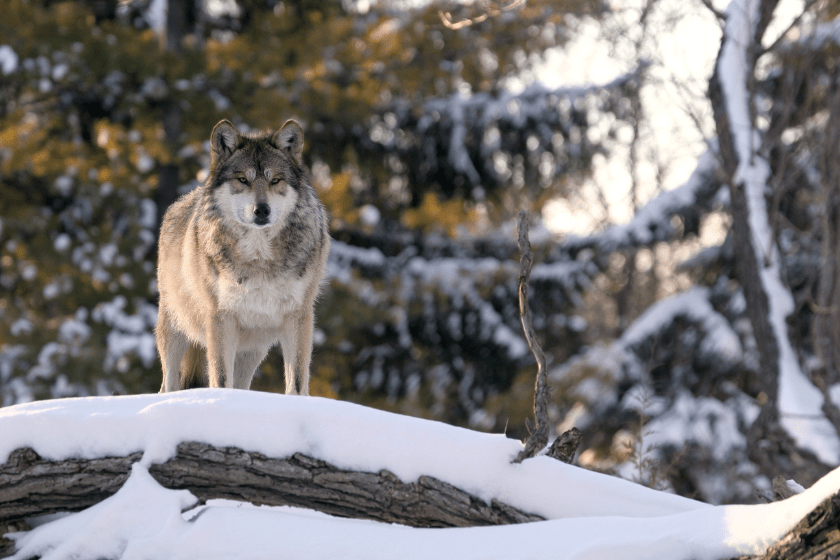
Cold weather chicken breeds can withstand low temperatures — They have layers of fluff and feathers to keep them warm. Some thrive in the cold winter temperatures, much like cold weather dogs and cats. However, chickens not built for colder temperatures can freeze below forty degrees. Warmer weather chickens are breeds like:
- Austra White
- Barred Rock
- New Hampshire
- Isa Brown
- Sumatras
- Brahma
- Leghorn
- Delaware
No chicken should be left outside in the extreme cold when temperatures drop below zero. Chickens can get frostbite on their combs and wattles when the weather gets too cold. Instead, use petroleum jelly to keep them insulated. The wattles and combs help chickens, and roosters regulate their body temperature, so those who are missing theirs due to animal attacks or fights with others in the coop will have a hard time maintaining their body heat.
If the temperatures drop too low, a chicken can freeze. Adding an additional heat source like a heat lamp can keep your chicken warm when temperatures drop below zero. A cold weather chicken can go without supplemental heat when the temperature is between freezing (32 degrees Fahrenheit) and 10 degrees. If you have free-range chickens, they need to come back in when the weather dips below that. If your new chickens are of the warm weather variety, they should not be out under forty degrees. They can stretch their legs outside for a bit, but keep the coop door open so they can run back in. (If it helps, set a timer!) They should only be out running around for a short time before they need to get back to the warmth of the coop.
Chickens will go through a molt toward the end of fall, getting new feathers to keep them warm throughout the winter.
Insulating The Chicken Roost
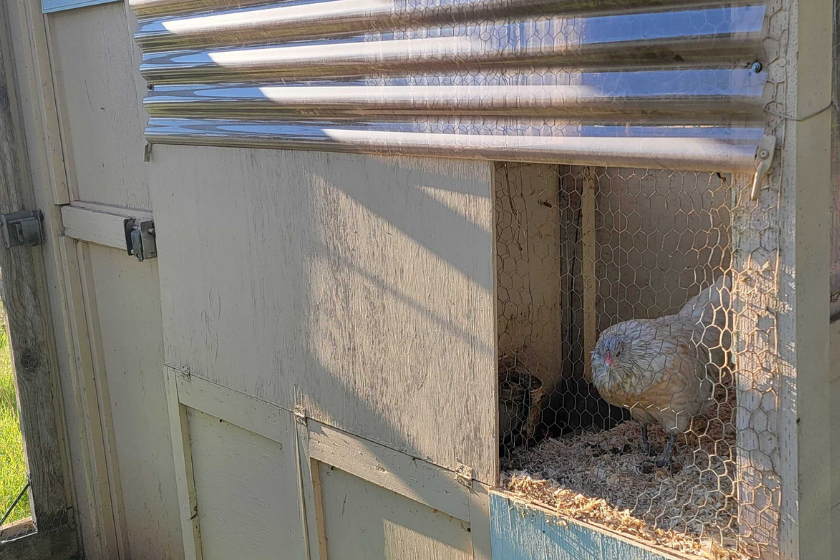
Credit: Megan Swinney
RELATED: The Ultimate Checklist to Have the Best Chicken Coop in All the Land
While you want good ventilation for your birds with plenty of fresh air, you do not want them to be chilly. Therefore, it is important to keep the chicken coop insulated and draft-free. There are plenty of DIY solutions that allow you to do both. For example, placing hinged doors on the outside of your coop and clear corrugated panels can provide cover from the elements while still giving airflow. In addition, you don't want a build-up of ammonia in the air, so even though cold air is coming in, make sure you have vents in the upper parts of the coop. The clear panels also allow sunlight to come in and warm your chickens.
The deep litter method can be used to keep your chickens warm. This method uses composting bedding and chicken droppings to generate added heat. Every time you turn over a layer of dirty bedding, add in a new layer of pine shavings on the floor of your coop. This method is best for coops with dirt floors and a more natural way to keep your flock toasty.
Another tip: add extra straw or shavings to your chicken's nesting boxes. They will likely take refuge in their boxes to huddle when the winds and rains come. Be sure to remove any wet spots after storms and add more bedding so they can burrow. If your chickens are still laying eggs, make sure you collect them quickly. If an egg freezes, the yolk, and whites will expand and crack the shell.
What Can Chicken Keepers Do In The Snow?
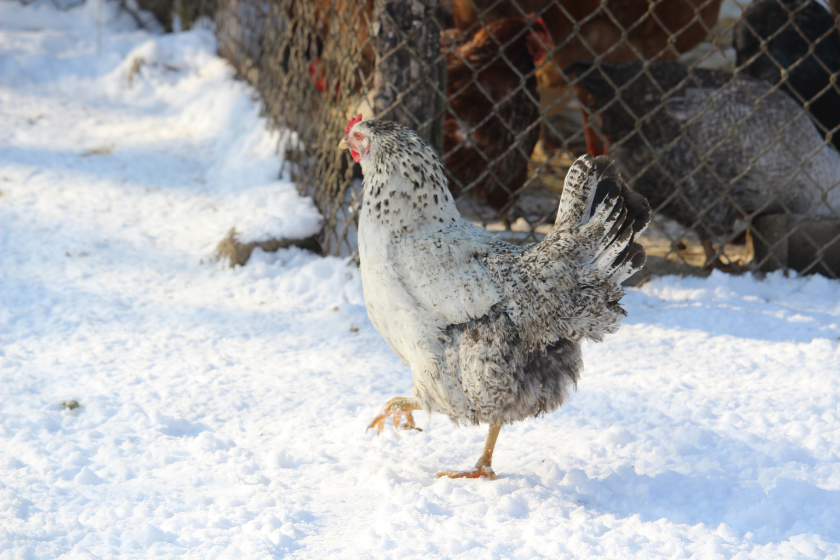
To shield your chicken coop from snow, you can add tarps around the outside. The tarp helps keep snow from piling into the coop, though you may need to shovel out the front door to open the coop. If there is still snow on the ground, chickens can go out to play as long as it is not bitterly cold or actively snowing.
Ensure your chickens have access to warm fresh water and plenty of chicken feed. They can get bored and start pecking at one another when they are all cooped up, so make sure they have plenty to do and eat. Getting some cracked corn and vegetables for them to eat is a great way to keep them full and occupied.
How do you prep for winter in your chicken coop? Tell us on our Wide Open Pets Facebook page.
